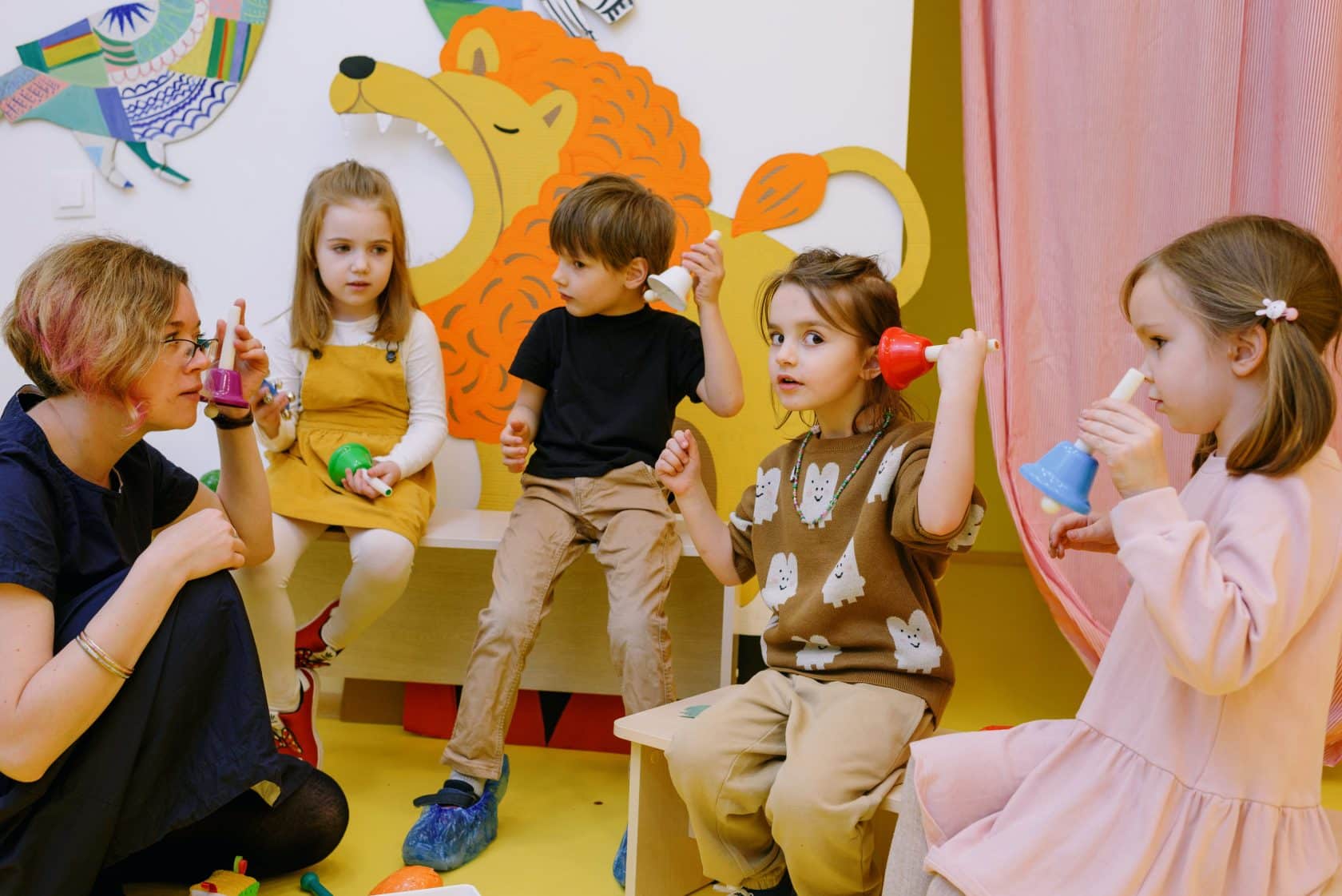Understanding how hidden curriculum works is essential for parents of autistic students. It involves unspoken rules that influence a child’s school experience. Let’s explore some examples of how it operates:
- Unspoken Influence: Hidden curriculum shapes students’ behaviors, attitudes, and interactions without being formally taught.
- Social Skills: It includes teaching social norms like making eye contact, taking turns, and understanding body language.
- Time Management: Hidden curriculum emphasizes punctuality, meeting deadlines, and following schedules.
- Classroom Behavior: Students learn expected conduct, such as raising hands, active listening, and respecting personal space.
- Physical Environment: Navigating crowded hallways, playgrounds, and cafeteria is part of the hidden curriculum.
- Group Dynamics: Students must learn how to work collaboratively, share ideas, and resolve conflicts.
- Handling Authority: Understanding how to interact respectfully with teachers, principals, and staff.
- Organizational Skills: Learning to keep track of assignments, materials, and belongings.
- Following Instructions: Comprehending and executing multi-step instructions.
- Problem-Solving: Hidden curriculum teaches children to adapt, persevere, and find solutions in different situations.
The hidden curriculum plays a vital role in a student’s educational journey, impacting their social, emotional, and academic development. Goally empowers autistic kids with fun apps for life and language skills, fostering social, emotional, and executive functioning growth for success in school and beyond.
This post was originally published on Feb. 10, 2023. It was updated on July 21, 2023.













